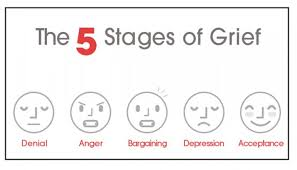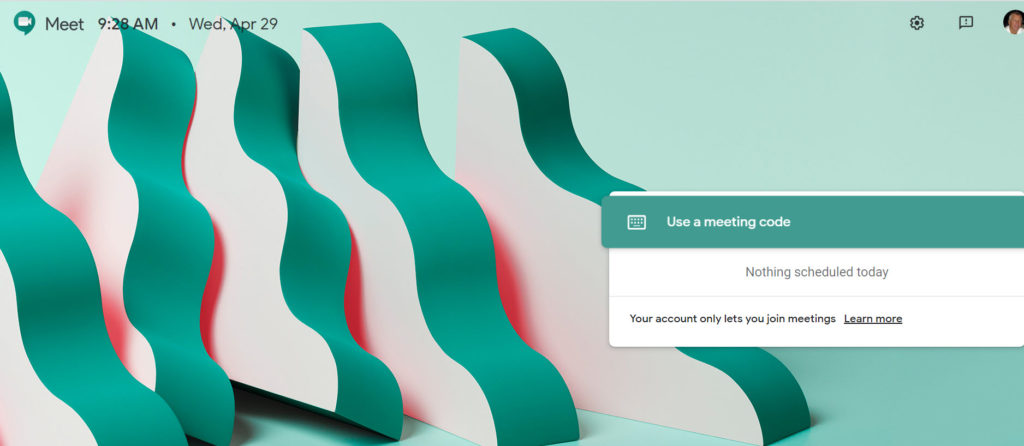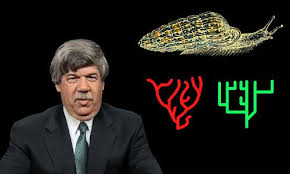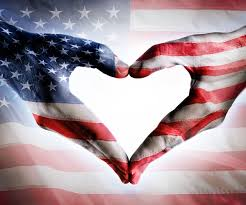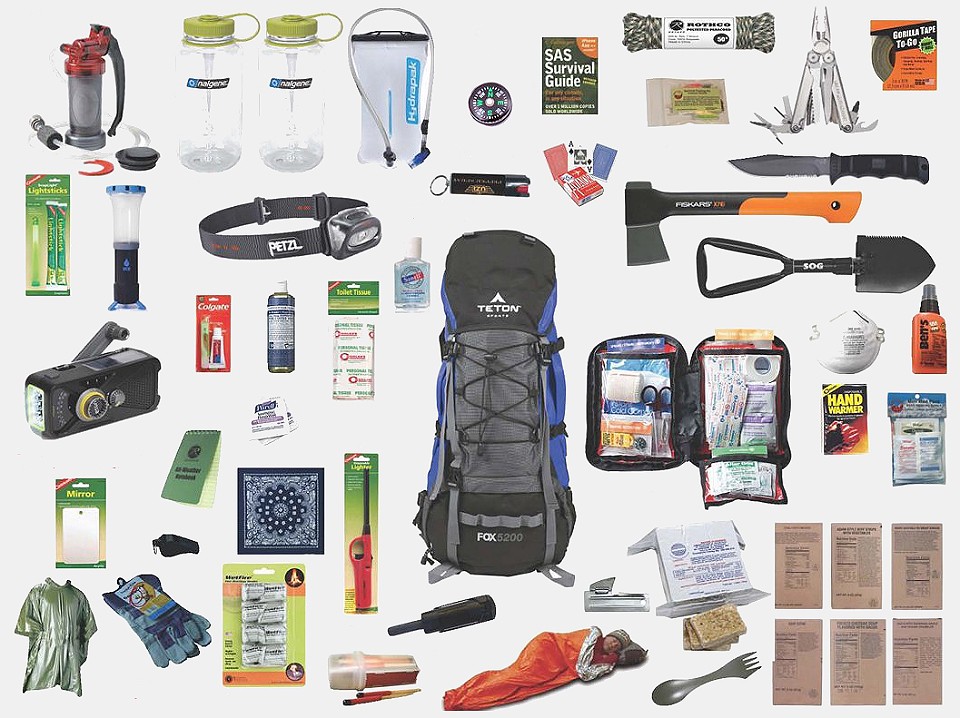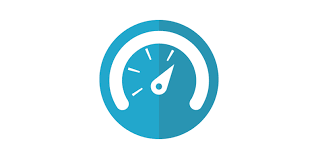What Marketers Should Do While On Covid 19 Break?
If you are like me, you have dialed back your marketing activity during the Coronavirus pandemic. It could be that you are shut down in a nonessential retail setting or are just leery of being with others to protect the health you and your family.
So, while home or throttled back in your marketing activities, what are you actually doing? Banking and finances are, I’m sure, first order undertakings. Secondly, there’s venting. “How are we in this mess?” “How did we not plan for this?” Perhaps you are looking at the 5 stages of grief (banking isn’t among them) and are dealing with denial, anger, bargaining, depression and acceptance.
I suggest adding brand planning to the mix. Brand planning is the process by which we get to a brand strategy — defined as an “organizing principle of product, experience and messaging.” No business person wants disorganization. Not one.
Most companies know their marketing is unorganized, but they think that’s how it is supposed to be. They would never use the word disorganized.
Brand strategy is a way to add organization to the work of marketing. It requires a framework that drives toward objectives. If you’d like to call them KPIs we can. In between the objectives and the unorganized work, is strategy. Marketing strategy is tactical. Brand strategy is value-based. Values that cultivate what consumers care about. Values that actually build sales and brands.
Brand strategy directs tactics. It makes things organized.
If you are sitting around grieving your business or marketing plight and care to get organized, write me at Steve@WhatsTheIdea.com and let’s look at some samples together. Examples are better than theory. Use this time to organize.
Peace.

